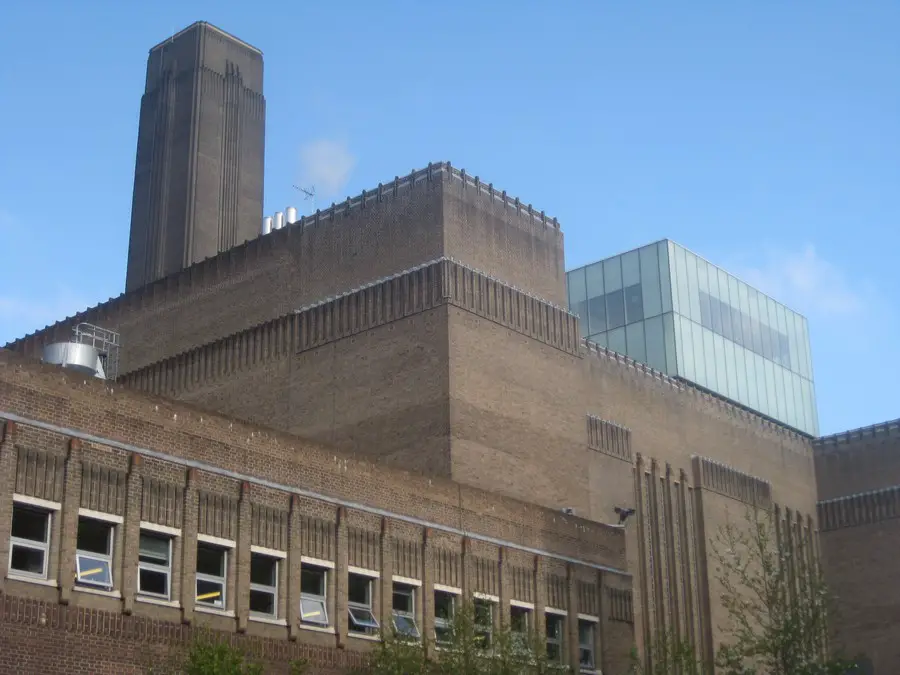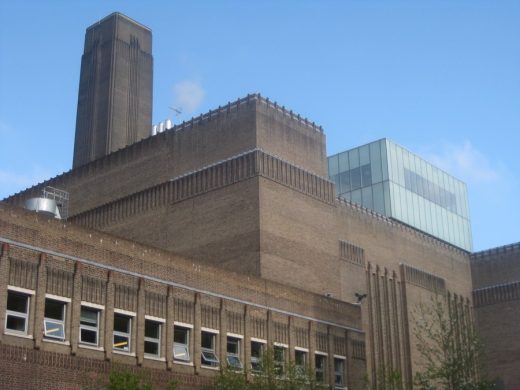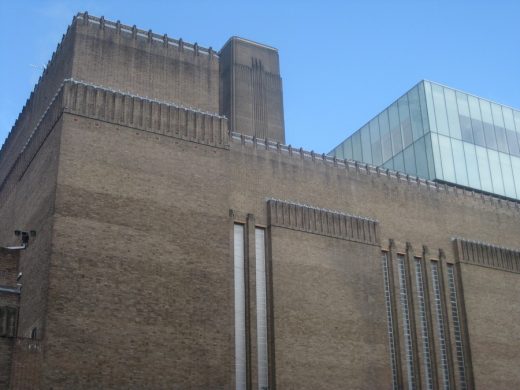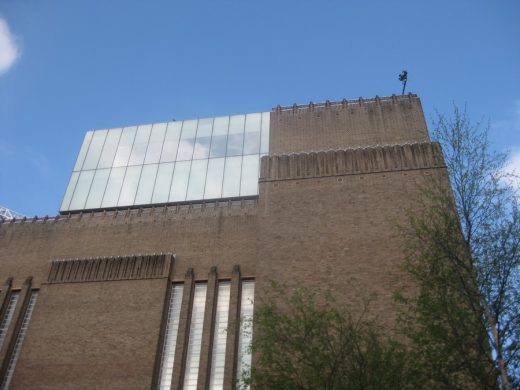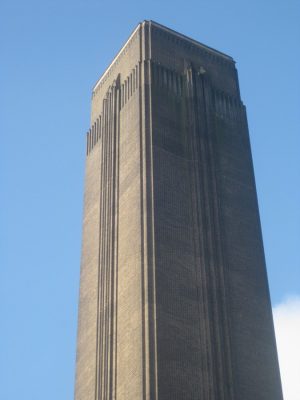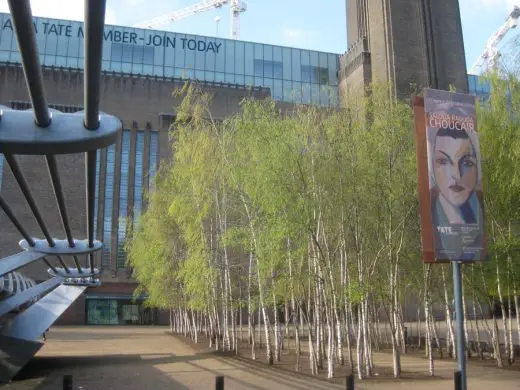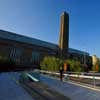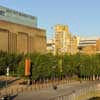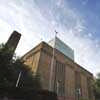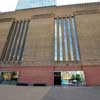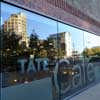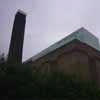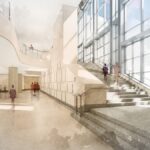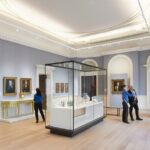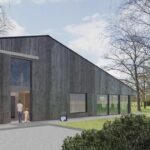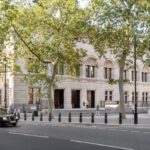Tate Modern London Architect, South Bank Building Images, Swiss Design, Date, Pictures, Location
Tate Modern Art Gallery
Art Gallery Building in London redevelopment design by Herzog and de Meuron Architects
post updated 8 September 2021 ; 3 Jul 2014
Date of renewal: 1994
Design: Herzog and de Meuron, Architects, Swizterland
Tate Modern London photos from 29 Apr 2013:
Tate Modern Building, London
Address: Tate Modern, Sumner Street, Bankside, London SE1 9TG
Contact: 020 78878752
Art Gallery Redevelopment Design: Herzog & de Meuron Architects
Original power station building: Giles Gilbert Scott, Architect
Location: South Bank, across Thames from St Paul’s Cathedral, Southwark
Lead Architects: Pierre de Meuron, Jacques Herzog
Aerial photograph ; Interior of Turbine Hall:
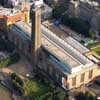
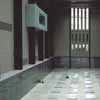
photo © webbaviation ; photograph : Jason Baxter
Tate Modern Extension : planning permission received Mar 2007
Transforming Tate Modern. Exterior views from the south
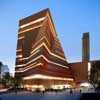
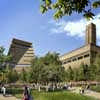
images © Hayes Davidson and Herzog & de Meuron
Tate Modern, London, England – former Bankside Power Station building: architecture competition 1994
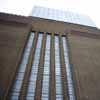

photos © Adrian Welch, Jun 2007
Horizontal ‘light beam’ along the top of the building forms a counterpoint to the verticality of the massive brick tower.
This central tower was designed by Giles Gilbert Scott to echo the form of St. Paul’s Cathedral dome across the Thames.
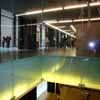
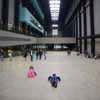
pictures © Adrian Welch, Jun 2007
Key space: The Turbine Hall is both the circulation space and home to a programme of installations.
Tate Modern architect : Herzog & de Meuron Architects
The galleries are housed in the former Bankside Power Station, which was originally designed by Sir Giles Gilbert Scott, the architect of Battersea Power Station, and built in two stages between 1947 and 1963. The power station closed in 1981. In 1992 The Tate Gallery at the British National Art Museum proposed an architecture competition to build a new building for modern art.
The purpose for the new building would help with the ever-expanding collection on modern and contemporary art. In 1995 it was announced that Herzog & de Meuron had won the competition with their simple design.
The architects decided to reinvent the current building instead of demolishing it. This art gallery building is an example of adaptive reuse, the process of finding new life in old buildings.
The building itself still resembles the 20th century factory in style from the outside and that is reflected on the inside by the taupe walls, steel girders and concrete floors. The façade of the building is made out of 4.2 million bricks that are separated by groups of thin vertical windows that help create a dramatic light inside. The history of the site as well as information about the conversion was the basis for a 2008 documentary ‘Architects Herzog and de Meuron: Alchemy of Building & Tate Modern’.
Source: wikipedia

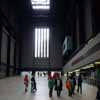
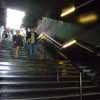
photographs © Adrian Welch, Jun 2007
Tate Modern, Bankside – architecture project only
Date: 1995
Design: Rafael Moneo Architects
Location: Tate Modern, Sumner Street, Bankside, London SE1 9TG, England, United Kingdom
Area – south of the River Thames in central London, south east England, UK
London Buildings
Contemporary London Architecture Designs
London Architecture Designs – chronological list
London Architectural Tours – tailored UK capital city walks by e-architect
Adjacent structure:
Millennium Bridge by Foster + Partners
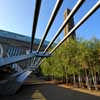
photo © Nick Weall
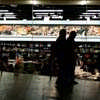
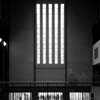
© James Whitaker 2009 www.WhitakerStudio.co.uk
Scans of former Power station building (now Tate Modern)

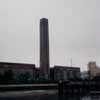
photos : Isabelle Lomholt, 1995
Tate Modern London : PM’s Award Winner 2001
Scans of former Power station building (now Tate Modern):
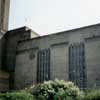
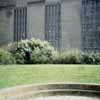
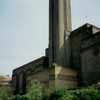
pictures : Isabelle Lomholt, 1995
Comments / photos for the Tate Modern London Photos page welcome

